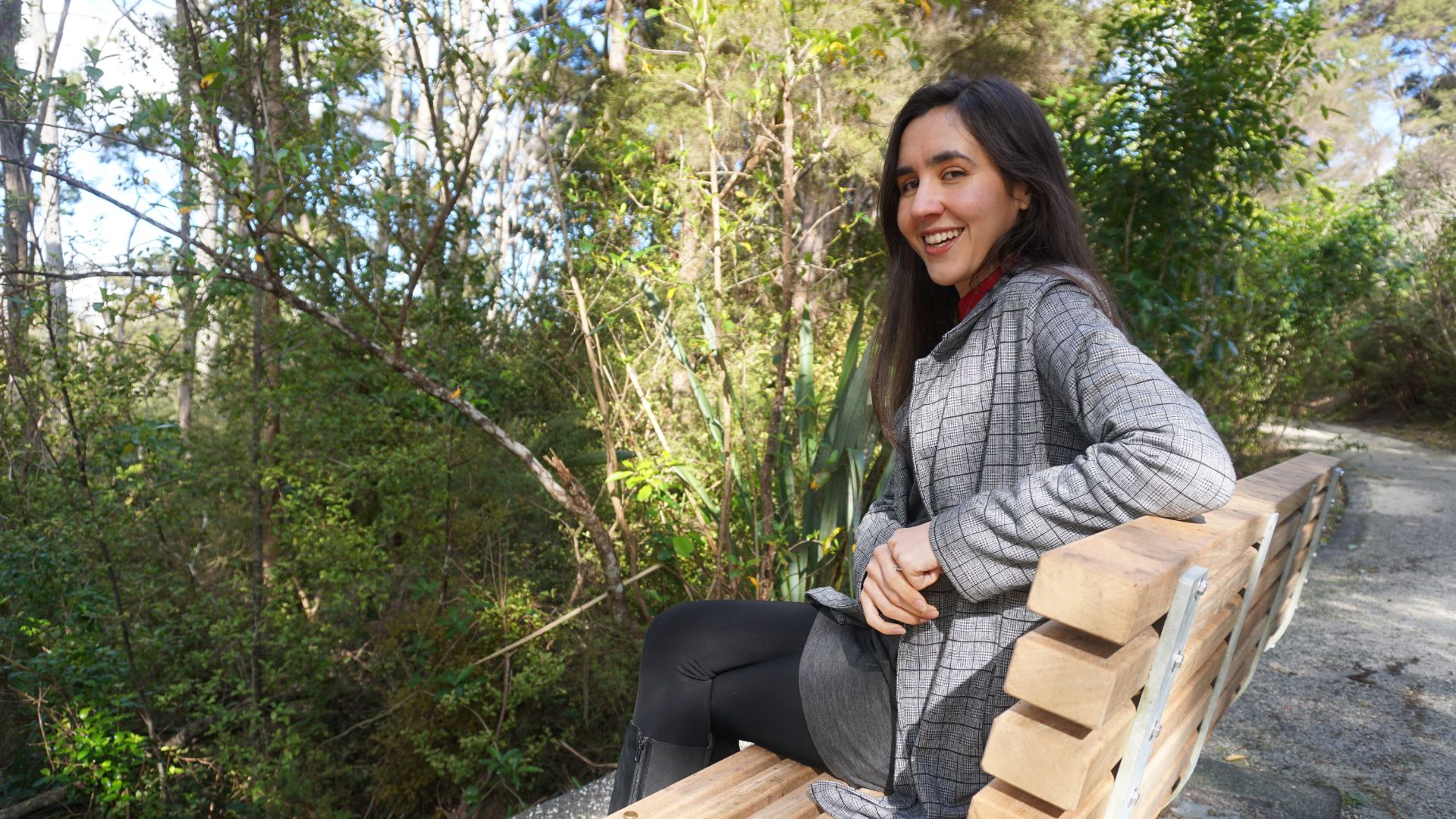
How to Sing “Waiting On A Wish” Like a Pro (Even If the High Notes Feel Impossible)
How to Sing “Waiting On A Wish” Like a Pro (Even If the High Notes Feel Impossible)
Have you tried singing “Waiting On A Wish” by Rachel Zegler from the Snow White movie and found yourself struggling with those high notes?
You’re not alone—and you’re in the right place.
Let’s break down what makes this song special—and how you can actually sing it with ease, expression, and confidence.
🎵 It’s Not Just About the High Notes
A lot of singers (especially on forums like Reddit) get fixated on just hitting the high notes. Yes, that’s part of the challenge—but it’s far from the only one.
The real magic of Waiting On A Wish lies in how you reach those notes and how you express the story through them.
Rachel Zegler sings with incredible expression and vocal control. She weaves together chest voice, falsetto, head voice, and various mixes with total mastery, allowing her to tell a story with every phrase. Her technique doesn’t just help her hit notes—it serves the emotion of the song.
This is what makes the listener feel transported out of their ordinary world and into a magical one.
🎭 Why This Song is a Hidden Gem for Auditions
If you're into musical theater, Waiting On A Wish is a brilliant audition piece. It’s expressive, technically challenging, and packed with emotional range.
But it’s not easy.
Musical theater demands more than just vocal ability—it requires stamina, precision, dynamics, and storytelling. This genre is arguably one of the hardest contemporary styles because it requires the full range of vocal skill and acting.
🔍 Let's Focus on the Last Chorus
The last chorus of the song is especially demanding. It pushes right up to the edge of the mix range, where your voice needs to stay powerful but balanced. This is where many singers strain or lose control.
One key? Mix voice.
At this range, you still have some of the depth of chest voice but with the brightness and lift of head voice. If you master this balance, your voice stays strong without becoming tense.
Tip: Open + Round
To avoid straining:
Open your mouth – but don’t stretch your lips back in a smile.
Instead, round your lips slightly while keeping your jaw relaxed.
This helps stabilize your larynx and frees your sound.
Try this quick test:
Sing “I close my eyes” with a wide, stretched mouth. Then try it again with your lips rounded.
Notice the difference in sound and ease.
🧠 Anatomy and Your Unique Voice
Some singers with naturally larger mouths or oral cavities find it easier to belt or mix at high volumes. But that doesn’t mean others can’t learn.
Every voice is unique because of anatomical differences. Even identical twins don’t share the same vocal tract structure! So your mix voice might take more time to develop—but it’s completely possible with the right approach.
💡 Vocal Exercise: Rounding with “Oh”
If you're new to technique, start with vowel rounding:
Sing “Oh” using the space of an “Ah” but rounding your lips.
Use two fingers placed gently between your teeth to ensure the jaw stays open and relaxed.
This will help you train the muscles needed for mix without strain.
💡 Vocal Exercise: “No” Drill
Another helpful exercise is the “No” drill:
Say a clear, energetic “No” with intention.
Linger on the “N” slightly.
Use your finger like you’re scolding a naughty puppy—it helps tap into assertive energy.
Now try singing:
“No no no no no” on the melody of “Is she a part of me?”
Make sure your mouth is rounded, jaw is relaxed, and your teeth stay apart.
Once this feels natural, bring back the actual lyrics.
🪄 Build Up to the Full Song
This song is not something to master overnight. It takes time, stamina, and practice. If you're still building technique, consider:
Lowering the key to make it more accessible.
Using simple syllables (like “No” or “Oh”) to build muscle memory.
Breaking the song into small sections for practice.
Most importantly: go slow and be kind to yourself.
🎤 Ready to Master This Song?
If you’re serious about mastering Waiting On A Wish—or want to sing contemporary musical pieces with power and freedom—check out my 10-week private coaching program.
You’ll learn the fundamentals of healthy, expressive singing in a way that accelerates your progress. We meet weekly, one-on-one, and you get full support through guided resources.
